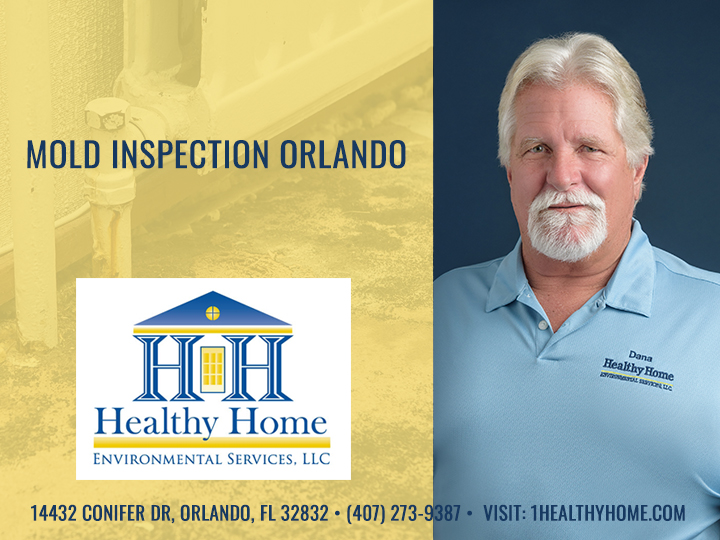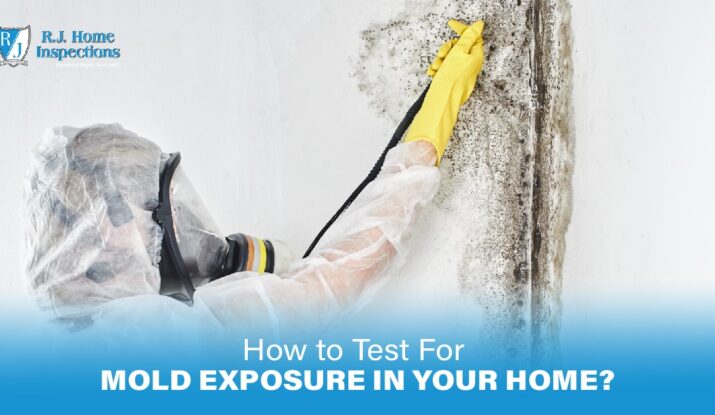The Function of Mycotoxin testing Services in Food and Feed Safety
The Function of Mycotoxin testing Services in Food and Feed Safety
Blog Article
The Requirement of Mycotoxin Evaluating in Agricultural Products to Ensure Consumer Safety
The necessity of mycotoxin testing in farming products is an important aspect of public wellness and security that necessitates complete examination. Mycotoxins, harmful substances produced by certain fungi, can penetrate various crops, leading to considerable wellness risks for consumers, such as cancer causing effects and organ damages.
Understanding Mycotoxins
Mycotoxins, hazardous secondary metabolites created by particular fungi, present a substantial risk to agricultural items and human health. These substances are created by various types of mold and mildews, such as Aspergillus, Fusarium, and Penicillium, which can infect plants both pre- and post-harvest - Mycotoxin testing Services. The most common mycotoxins include aflatoxins, ochratoxin A, fumonisins, zearalenone, and deoxynivalenol (DON)
Mycotoxin contamination can occur under particular ecological conditions, such as high moisture and temperature level, which prefer the development of mold and mildew. Agricultural products like cereals, nuts, seasonings, dried out fruits, and coffee are especially prone. The existence of mycotoxins in these assets can result in substantial financial losses as a result of minimized crop yields and the need for strenuous testing and decontamination procedures.
Recognizing the biochemical nature and development of mycotoxins is necessary for establishing effective reduction methods. Research study has revealed that mycotoxins display a range of chemical frameworks and residential or commercial properties, making detection and removal difficult. Advanced logical methods, including chromatography and mass spectrometry, are utilized to recognize and measure mycotoxins in farming products, guaranteeing that contamination degrees continue to be within risk-free limits established by governing bodies.
Health And Wellness Risks of Mycotoxins
Offered the significant threats connected with mycotoxins in agricultural items, comprehending their influence on wellness is critical. Mycotoxins, poisonous additional metabolites produced by fungis, position severe threats to both animal and human wellness. Persistent exposure, even at reduced levels, can lead to a variety of negative health results, including teratogenicity, immunosuppression, and carcinogenicity. Aflatoxins, among the most well-known mycotoxins, are classified as Team 1 health hazards by the International Firm for Research Study on Cancer Cells (IARC), primarily affecting the liver and boosting the threat of hepatocellular cancer.
Acute mycotoxin poisoning, although less typical, can trigger serious and instant health and wellness troubles such as liver damages, intestinal disruptions, and hemorrhaging. Ochratoxin A, an additional powerful mycotoxin, is connected to kidney damage and has prospective carcinogenic impacts. Fumonisins, primarily impacting maize, are linked with esophageal cancer and neural tube flaws.

Typical Sources of Contamination
Understanding the typical resources of contamination is vital for successfully handling and mitigating the risks positioned by mycotoxins. Mycotoxins are toxic secondary metabolites generated by particular sorts of fungi, which can pollute farming products at various phases of storage, manufacturing, and processing. The key sources of contamination include field conditions, post-harvest handling, and storage atmospheres.
Area problems play a considerable duty, with variables like climate, plant vulnerability, and dirt health and wellness influencing fungal growth. Crops such as More Bonuses corn, peanuts, wheat, and tree nuts are specifically at risk to mycotoxin-producing fungi like Aspergillus, Fusarium, and Penicillium species. Inadequate crop rotation and bad bug management can aggravate the risk of contamination.
Post-harvest handling is one more essential stage where contamination can occur. Mechanical damage throughout harvesting and transportation develops entrance points for fungi, while incorrect drying out techniques can leave wetness degrees high enough to support fungal development.
Storage settings contribute substantially to contamination dangers. Poorly maintained storage facilities with high humidity and temperature levels create ideal conditions for mycotoxin production. Regular inspections and correct storage conditions are essential in suppressing this risk.
Mycotoxin Examining Techniques
Efficient monitoring of mycotoxin contamination hinges not just on recognizing potential sources however additionally on carrying out durable testing approaches to spot these hazardous compounds. Mycotoxin testing approaches can be extensively categorized right into chromatographic and immunochemical methods. High-performance fluid chromatography (HPLC) and gas chromatography-mass spectrometry (GC-MS) represent innovative chromatographic methods recognized for their high sensitivity and accuracy. These techniques are adept at measuring multiple mycotoxins in intricate matrices, making them vital for comprehensive evaluation.
On the other hand, enzyme-linked immunosorbent assay (ELISA) and side flow assays are famous immunochemical methods. ELISA, particularly, is widely used because of its cost-effectiveness, simplicity of usage, and quick turn-around time. Side circulation assays provide quick, on-site testing capacities, making them suitable for field applications where immediate decisions are necessary.
Additionally, innovations in molecular biology have introduced PCR-based methods efficient in discovering mycotoxin-producing fungi at genetic levels, providing a predictive technique to contamination danger. Integrating these diverse methods boosts important link the integrity and comprehensiveness of mycotoxin discovery, making certain that farming items satisfy security standards and safeguarding consumers from potential health risks.
Advantages of Routine Evaluating

Regular mycotoxin testing uses significant benefits that considerably boost farming security and quality. Mycotoxins, harmful compounds created by particular fungis, can infect food and position severe wellness threats, consisting of cancer cells and acute poisoning.
Moreover, regular screening aids in keeping the integrity and reputation of agricultural producers. By rigorously checking and controlling mycotoxin levels, producers can stay clear of lawful effects and expensive recalls. This not just makes certain conformity with rigorous worldwide security requirements however likewise promotes consumer trust and commitment.

Verdict
The requirement of mycotoxin screening in agricultural items is emphasized by the significant wellness threats presented by these harmful compounds. It boosts the credibility of producers and promotes count on within the farming supply chain, ultimately securing public health and wellness.
The requirement of mycotoxin testing in farming items is an essential facet of public health and safety that warrants thorough assessment. Mycotoxins, hazardous compounds generated by particular fungi, can infiltrate numerous crops, leading to considerable health and wellness threats for consumers, such as cancer anchor causing impacts and body organ damage.Mycotoxins, harmful secondary metabolites produced by specific fungis, provide a considerable threat to farming items and human wellness.Provided the substantial risks connected with mycotoxins in agricultural products, recognizing their impact on health is critical (Mycotoxin testing Services).The need of mycotoxin screening in agricultural products is underscored by the significant health and wellness risks presented by these toxic substances
Report this page